PART 3 – 5 – MONITOR AND UPDATE TARGETS
Pacific WASH Resilience GUIDELINES
A practical tool for all those involved in addressing the
resilience of water, sanitation and hygiene services in the Pacific
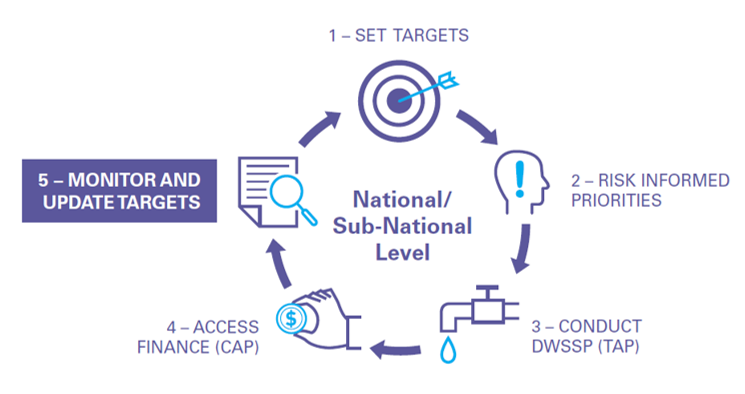
Monitoring and Updating
Monitoring information can be obtained through several processes but the most common ones are project surveillance activities (detailed here) and DWSSP project monitoring (see Part 4).
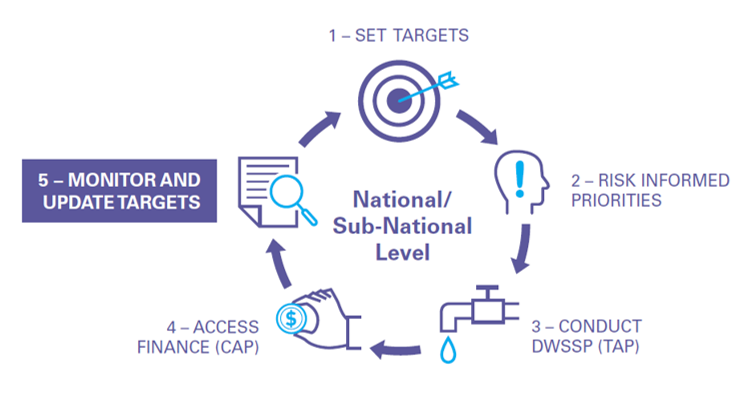
Surveillance

Principal surveillance types:
- Waterborne disease surveillance
- Water quality surveillance

Re-evaluate/Update WASH targets if required
Don’t lose heart
“Often results obtained do not achieve all of the project/programme aims. At this point, it is important not to be too disappointed. It is an opportunity to conduct the correct project/programme management actions in order to improve going forward.”
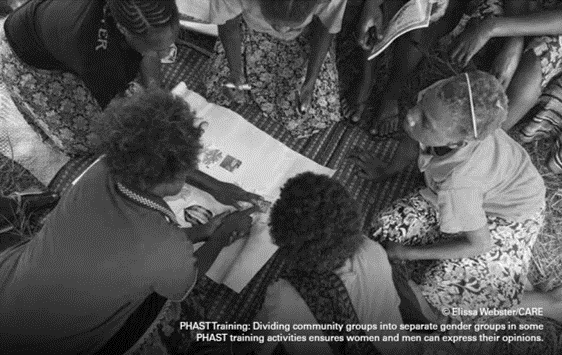
Technical and Capital Assistance Programmes
The WASH resilience model promotes two assistance programmes to beneficiaries to improve their WASH provision:
- Technical Assistance Programme (TAP) and
- Capital Assistance Programme (CAP)
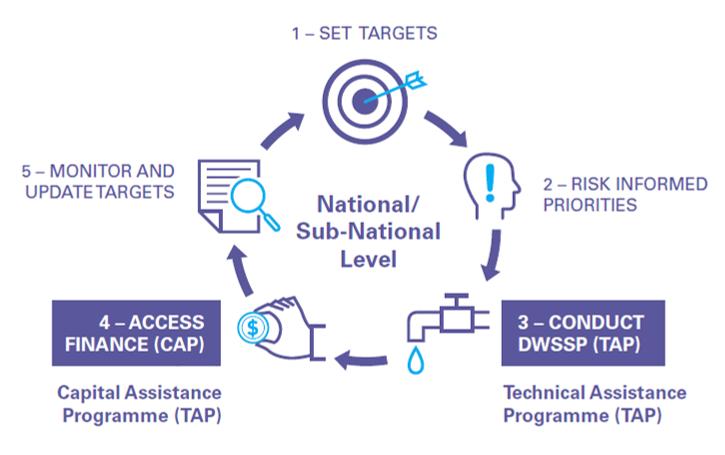
Technical Assistance Programme (TAP)
Technical assistance
A key step for resilience through the improvement of community management capacity
DWSSP Implementation
It evaluates three key areas of community WASH systems:
- understanding current water access and availability,
- looking at the required sanitation upgrades, and
- identifying and managing risks to the water and waste systems
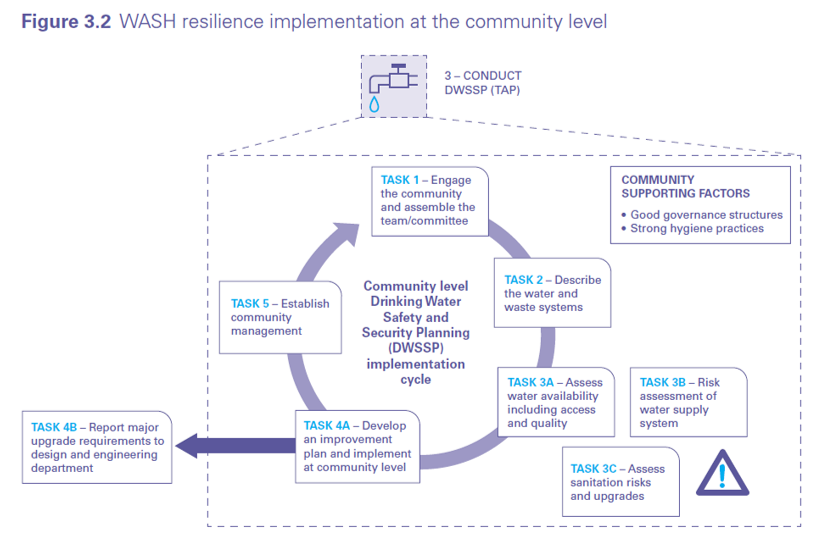
Benefits of integrating DWSSP in the national planning cycle

What intervention is required?
Where does DWSSP fit in?
It is most effective when a community has pre-established sanitation and a functioning water system combined with good hygiene practices.
However, DWSSP can be used to support any community intervention, even one with limited prior knowledge and/or infrastructure.
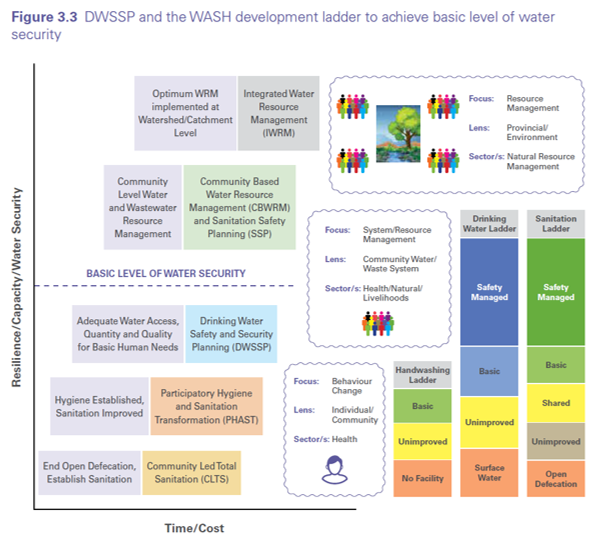
Capital Assistance Programme (CAP)
“A CAP helps a community by providing financial assistance where there is a need that is beyond a community’s means.”
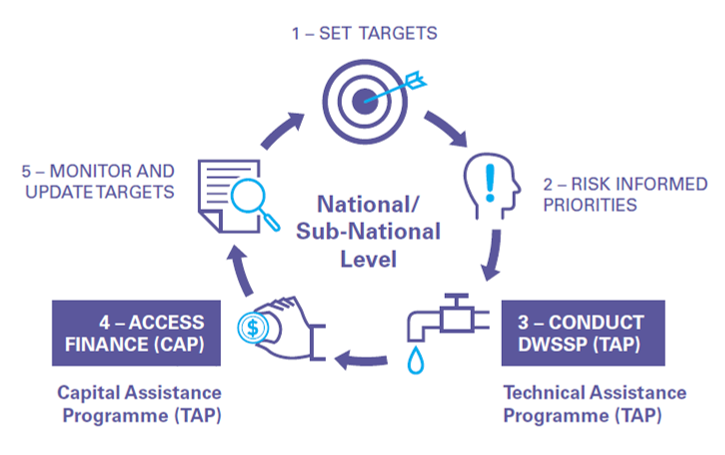
Considerations for a CAP Scheme



